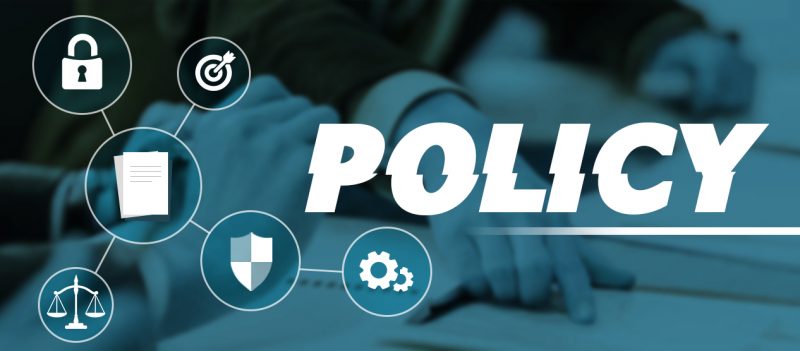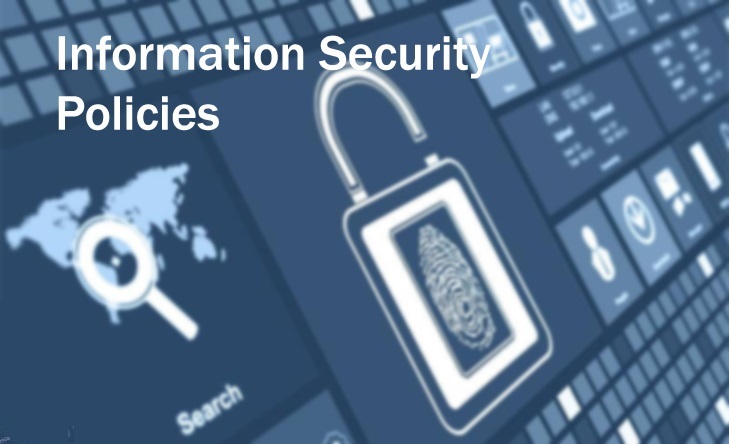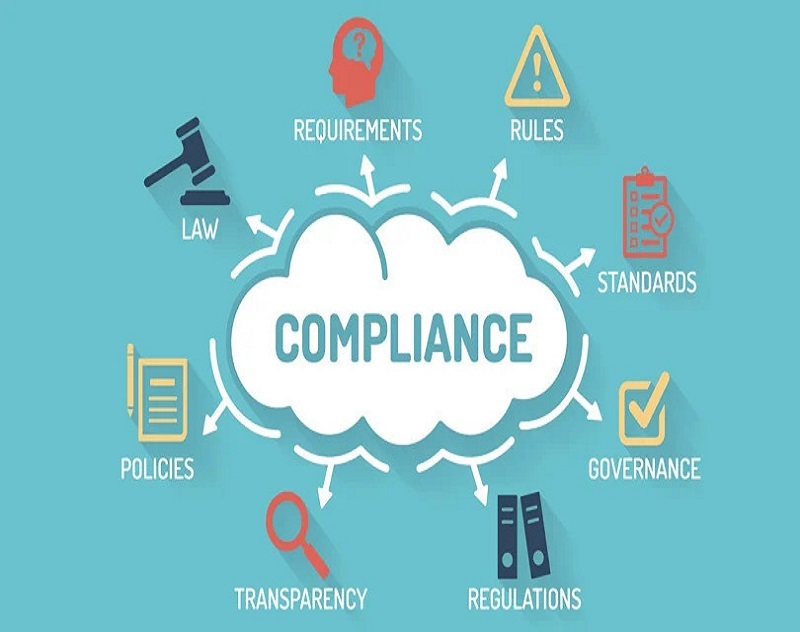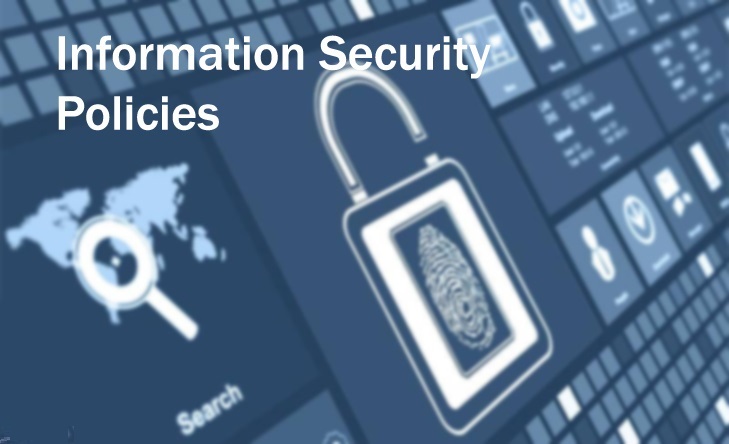In today’s digitally driven landscape, small businesses are increasingly becoming targets for cyber threats. Despite their size, these enterprises possess valuable data that is attractive to cybercriminals. As a result, having robust information security policies in place is paramount to safeguarding sensitive information and maintaining the trust of customers and stakeholders.
Information security policies, often referred to as IT security policies, serve as the foundation for protecting data assets and mitigating risks within an organization. For small businesses, these policies are not only essential but can also be a competitive advantage in a crowded marketplace.

One of the primary objectives of an information security policy for small businesses is to establish guidelines and procedures for safeguarding data from unauthorized access, disclosure, alteration, or destruction. This includes implementing measures such as encryption, access controls, and regular data backups to ensure the confidentiality, integrity, and availability of information.
Additionally, information security policies outline the responsibilities of employees in protecting company data. This includes guidelines for password management, acceptable use of company devices and networks, and protocols for reporting security incidents or suspicious activities. By clearly defining expectations and procedures, small businesses can foster a culture of security awareness among their staff, reducing the likelihood of human error leading to data breaches.
Furthermore, information security policies should address compliance requirements relevant to the industry and geographic location of the business. Small businesses may be subject to various regulations such as the General Data Protection Regulation (GDPR) in Europe or the Health Insurance Portability and Accountability Act (HIPAA) in the United States. Adhering to these regulations not only protects sensitive information but also helps avoid costly penalties for non-compliance.

In conclusion, information security policy essentials for small businesses encompass a comprehensive framework for protecting data assets, mitigating risks, and ensuring compliance with relevant regulations. By prioritizing the development and implementation of robust IT security policies, small businesses can strengthen their defenses against cyber threats and safeguard the trust of their customers and stakeholders in an increasingly digital world.


















